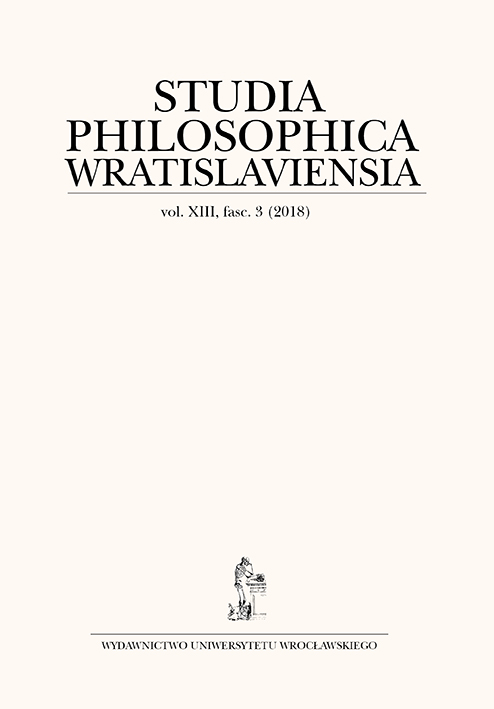

ARTYKUŁY

The cognitive value of film art. The implications of Stanisław Lem’s philosophy of literature
Since the mid-twentieth century, audiovisuality has taken over the means of communication. Progress in technology has contributed to the dynamic development of media such as film and television. Today we can safely admit that life is under the pressure of audiovisual media. The film is an element of common experience, part of everyday life. The question is whether it is also cognitively valuable? Can a movie be a model that helps you to know yourself, your place in the world, relationships with others? And if so, how much can you trust such knowledge?
The aim of this article is to reflect on the cognitive value of films, in the light of Stanislaw Lem’s theory of the reception of literature. The author compares a literary work to a model that represents a fragment or the whole of reality. Modeling is a design that lets us look at old problems from a new perspective or sheds light on the issues we did not realize before. An artwork becomes a model when, over time, it is recognized as outstanding by the public. Then the presented vision of the world begins to function as cognitively valuable. However, this is largely a random process. Similarly, it can be applied to a movie. The use of Lem’s theory for the analysis of literature and film aims to illustrate the importance of cognitive and culture-creating role of these arts.